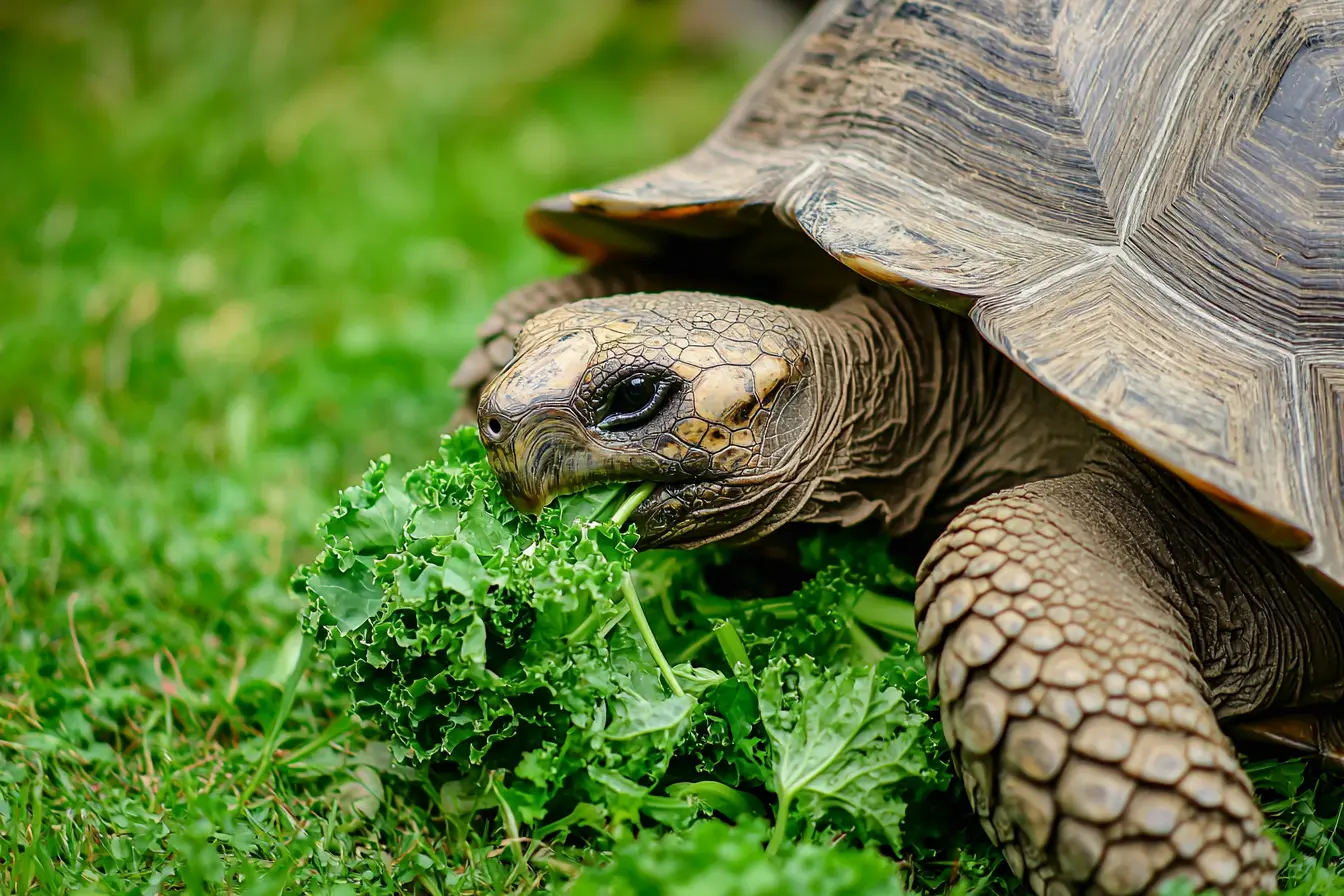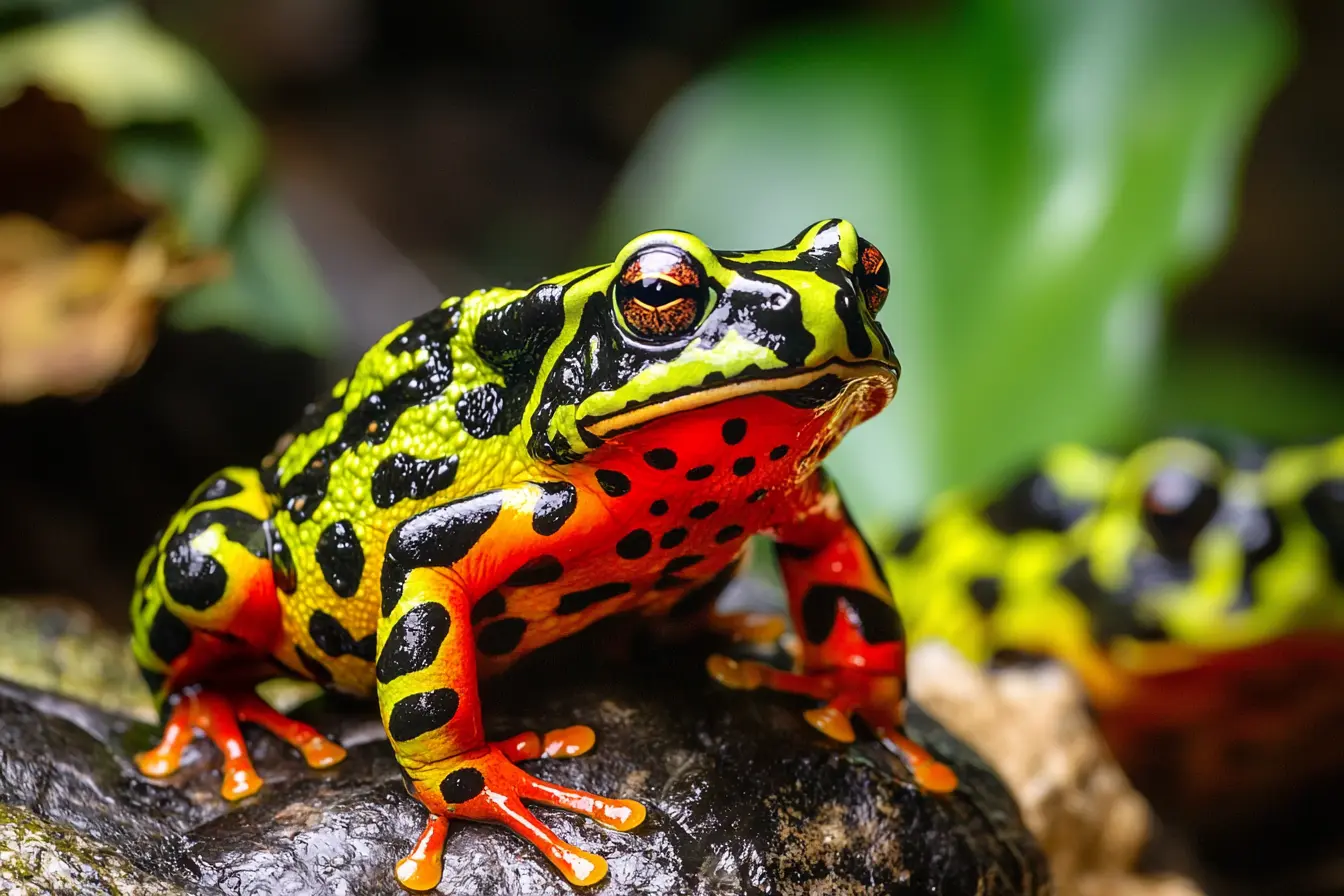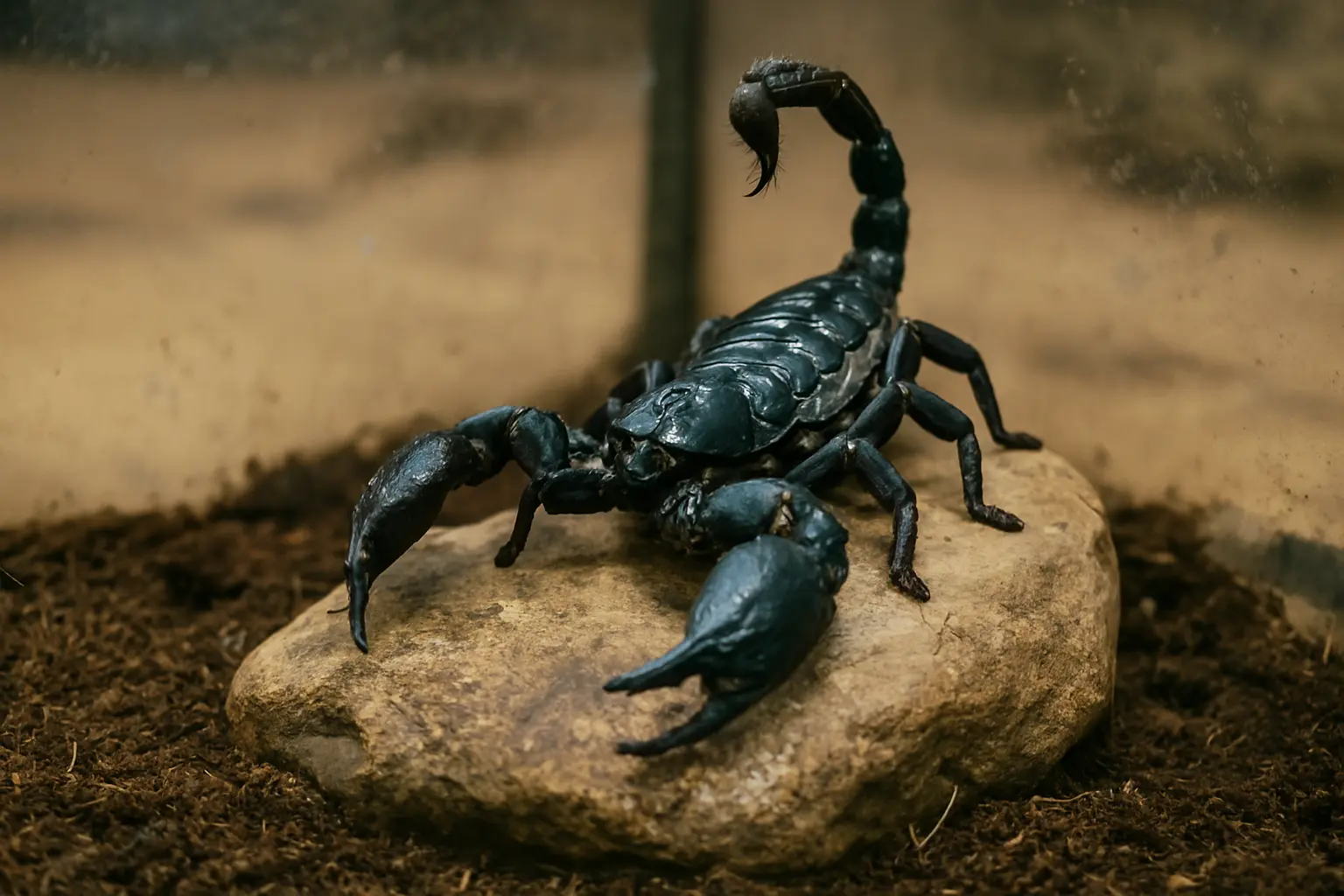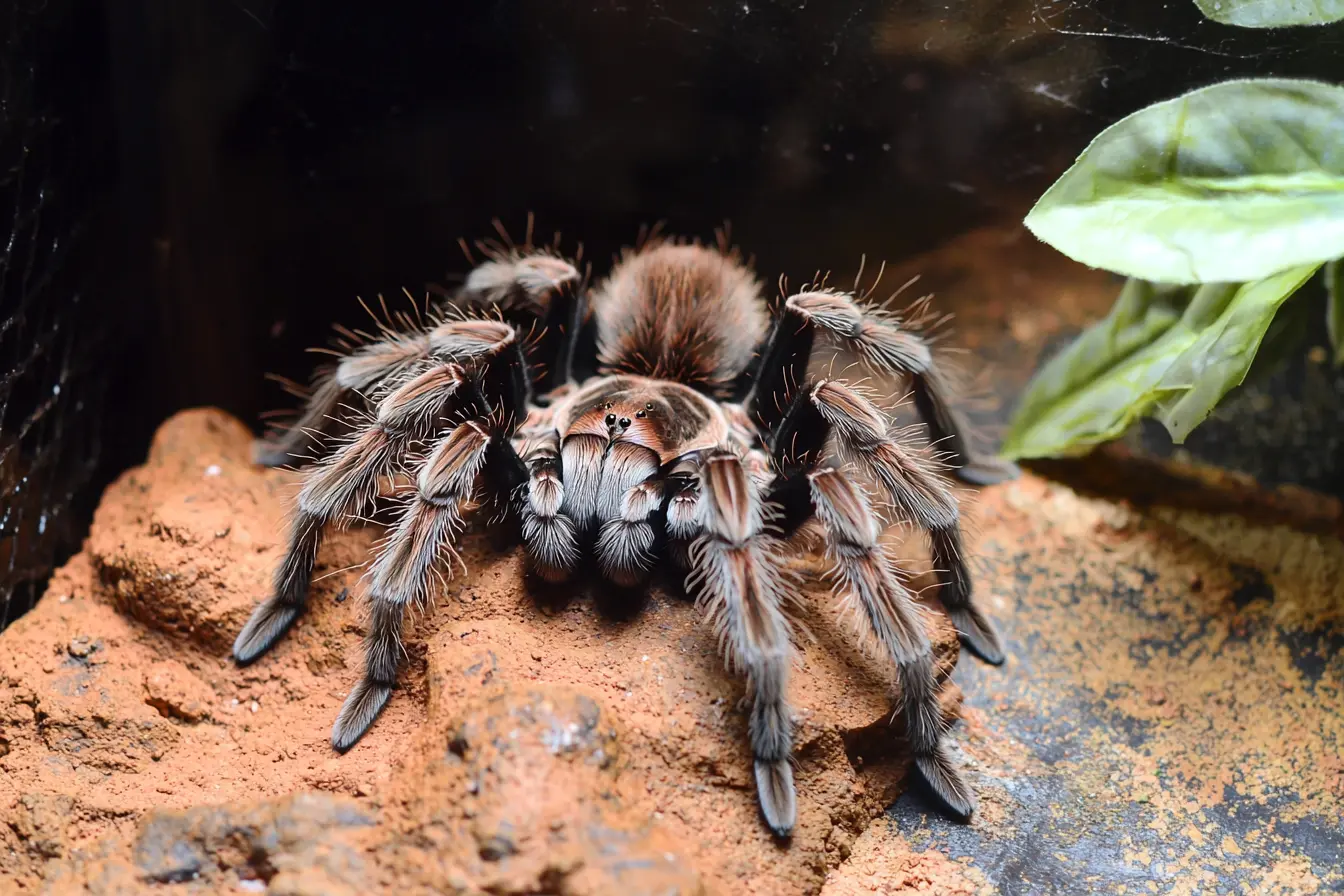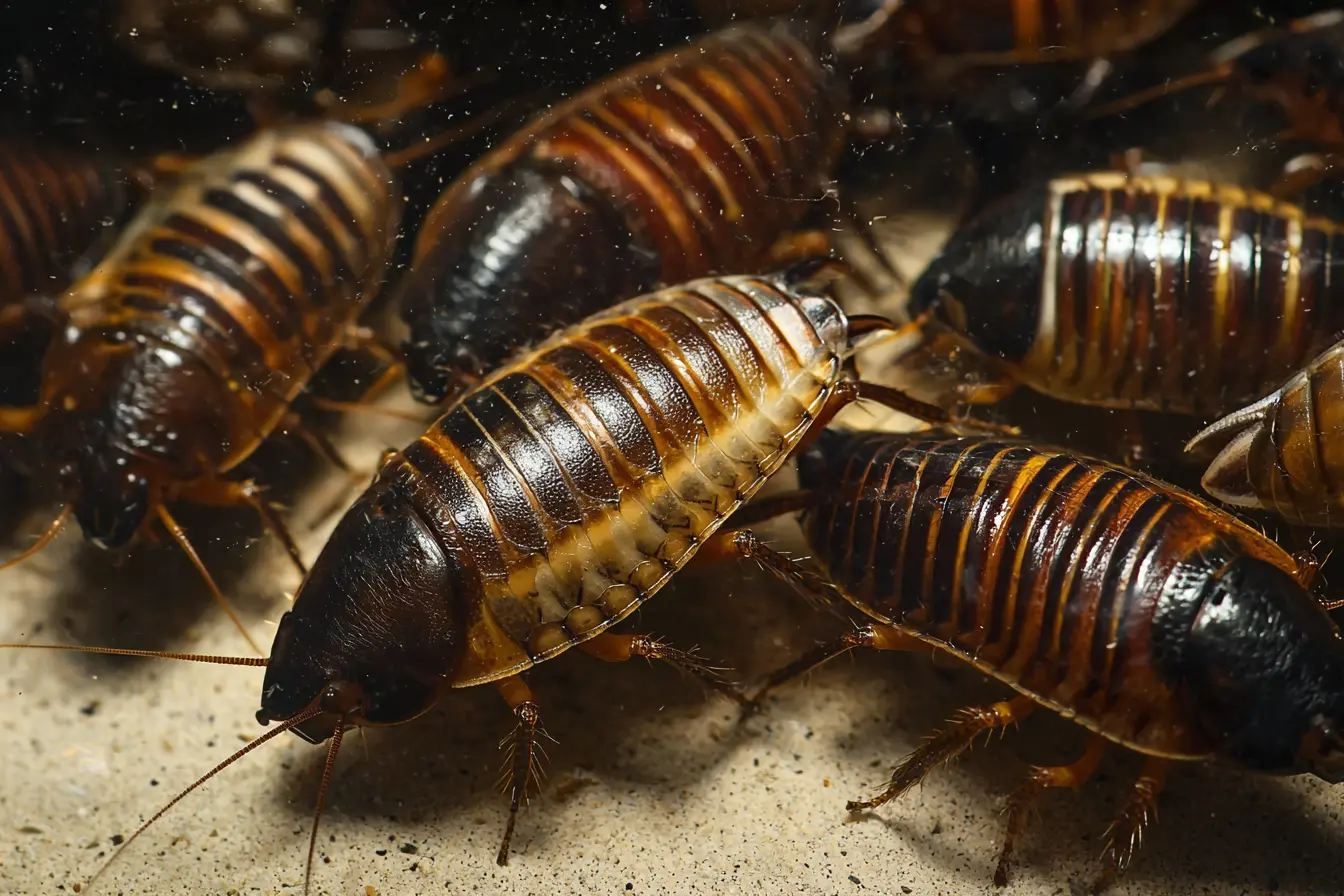
The Complete Guide to Keeping Dubia Roaches
Dubia roaches (Blaptica dubia) are one of the most popular feeder insects for reptiles, amphibians, and other exotic pets. They are easy to care for and breed, making them a great choice for anyone looking to establish a self-sustaining colony. Unlike crickets, they do not chirp, jump, or produce a strong odour, making them a more convenient alternative.
This guide covers everything you need to know about keeping, feeding, breeding, and maintaining a colony of Dubia roaches.
Why Keep Dubia Roaches?
Dubia roaches offer many benefits, whether they are kept as feeders or as part of a self-sustaining colony.
- They are nutritious and high in protein, making them an excellent food source for reptiles and amphibians.
- They do not climb smooth surfaces, reducing the risk of escapes.
- They are silent and odourless, unlike crickets which chirp and produce a strong smell.
- They have a long lifespan, with adults living up to two years.
- They reproduce quickly and easily, making them ideal for breeding.
- They require minimal space and maintenance compared to other feeder insects.
Choosing and Acquiring Dubia Roaches
Dubia roaches can be purchased from online breeders, exotic pet stores, and reptile expos. When acquiring a starter colony:
- Look for healthy, active roaches with no signs of lethargy or injury.
- Ensure that the colony has a good mix of adult males, adult females, and nymphs.
- Avoid roaches that appear shrivelled or discoloured, as this may indicate dehydration or illness.
- If breeding, ensure you have more females than males for a balanced colony.
Housing and Enclosure Setup
Providing the right environment is essential for keeping a healthy and productive colony.
Enclosure Type
- A plastic storage bin or glass terrarium works well.
- The enclosure should have a secure lid with ventilation holes to allow airflow.
- Dubia roaches cannot climb smooth surfaces, so a lid is not always necessary unless there are ventilation gaps.
Substrate
- Substrate is optional, but coconut fibre or egg crate pieces can be used to provide hiding spaces.
- Some keepers prefer a bare-bottom enclosure for easier cleaning.
Hiding Places
- Egg cartons, cardboard tubes, and cork bark provide excellent hiding spaces.
- More hiding spots reduce stress and encourage breeding.
Temperature and Humidity
- The ideal temperature range is between 26 and 32°C.
- A heat mat or ceramic heat emitter can be used if room temperatures are too low.
- Humidity should be maintained at 40 to 60 percent. Light misting can help maintain humidity but should not make the enclosure damp.
Lighting
- Dubia roaches are nocturnal and do not require lighting.
- Keeping them in a dark or dimly lit area encourages natural behaviour.
Feeding and Nutrition
Dubia roaches are omnivores and require a varied diet to stay healthy and provide optimal nutrition for pets.
Staple Foods
- Fresh fruits and vegetables such as carrots, apples, bananas, and leafy greens.
- Dry foods like oats, wheat bran, and whole grain cereals.
Protein Sources
- Dog or cat kibble, fish flakes, and chick feed provide essential proteins.
- A protein-rich diet is important for breeding adults and growing nymphs.
Water
- A shallow dish with a sponge or cotton wool can be used to prevent drowning.
- Water gel crystals are a popular alternative to provide hydration.
Feeding Schedule
- Feed every two to three days.
- Remove uneaten food before it spoils to prevent mould and bacterial growth.
Handling Dubia Roaches
Dubia roaches are safe to handle, but they can move quickly.
- Pick them up gently by cupping them in your hands.
- Avoid squeezing them, as they have a soft exoskeleton.
- Wash your hands after handling to prevent the spread of bacteria.
Breeding Dubia Roaches
Breeding Dubia roaches is straightforward if the right conditions are provided.
Sexing Males and Females
- Males have full wings that extend past their abdomen.
- Females have much shorter wings that do not cover their entire body.
Breeding Conditions
- Maintain temperatures around 28 to 32°C to encourage reproduction.
- Provide plenty of hiding spaces to reduce stress and improve breeding rates.
- Ensure a protein-rich diet to support healthy reproduction.
Reproduction
- Dubia roaches give birth to live young instead of laying eggs.
- Females produce an egg sac, called an ootheca, which they carry internally until the nymphs hatch.
- Each female can produce 20 to 40 nymphs at a time.
Cleaning and Maintenance
Regular maintenance is essential to keep a healthy colony.
- Remove uneaten food and waste weekly to prevent mould.
- Spot clean the enclosure to remove dead roaches.
- Perform a full clean every one to two months by replacing substrate and wiping down the enclosure.
Preventing and Managing Common Issues
Escaping Roaches
- Use a smooth plastic or glass enclosure, as Dubia roaches cannot climb these surfaces.
- Ensure ventilation holes are small enough to prevent nymphs from escaping.
Mouldy Food
- High humidity and uneaten food can encourage mould growth.
- Remove food before it starts to spoil and improve ventilation if necessary.
Low Reproduction Rate
- Poor diet and low temperatures can slow breeding.
- Increase protein intake and raise the temperature to encourage reproduction.
Mites and Pests
- Overcrowding and poor hygiene can lead to mite infestations.
- Keep the enclosure clean and provide proper ventilation.
Ethical Considerations
- Never release Dubia roaches into the wild, as they are not native to the UK.
- Only breed as many as you can responsibly care for.
- Provide proper food and conditions even if they are kept as feeders.
Legal Considerations in the UK
In the UK, Dubia roaches are legal to own, breed, and sell without the need for special permits. However, there are a few important considerations:
- When selling Dubia roaches, ensure that they are kept in secure, escape-proof enclosures during transport.
- If keeping a large colony, it is recommended to check local waste disposal regulations to ensure proper handling of deceased roaches and substrate waste.
- If selling them as feeders, be aware of Animal Welfare Act 2006 guidelines to ensure that they are kept in humane conditions before use.
Final Thoughts
Dubia roaches are one of the best feeder insects due to their high nutritional value, ease of care, and low maintenance requirements. Whether you are keeping them for feeding purposes or establishing a breeding colony, they are a great alternative to crickets and mealworms. By providing the right environment, diet, and care, you can maintain a thriving colony for years to come.
Contents
Tags
Related Vets
Vets near you
Speciality vets
- Aquatics vet specialists
- Birds vet specialists
- Camelids vet specialists
- Cats vet specialists
- Cattle vet specialists
- Deer vet specialists
- Dogs vet specialists
- Equines vet specialists
- Exotic vet specialists
- Goats vet specialists
- Pigs vet specialists
- Poultry vet specialists
- Sheep vet specialists
- Small Mammals vet specialists
- Wild vet specialists
